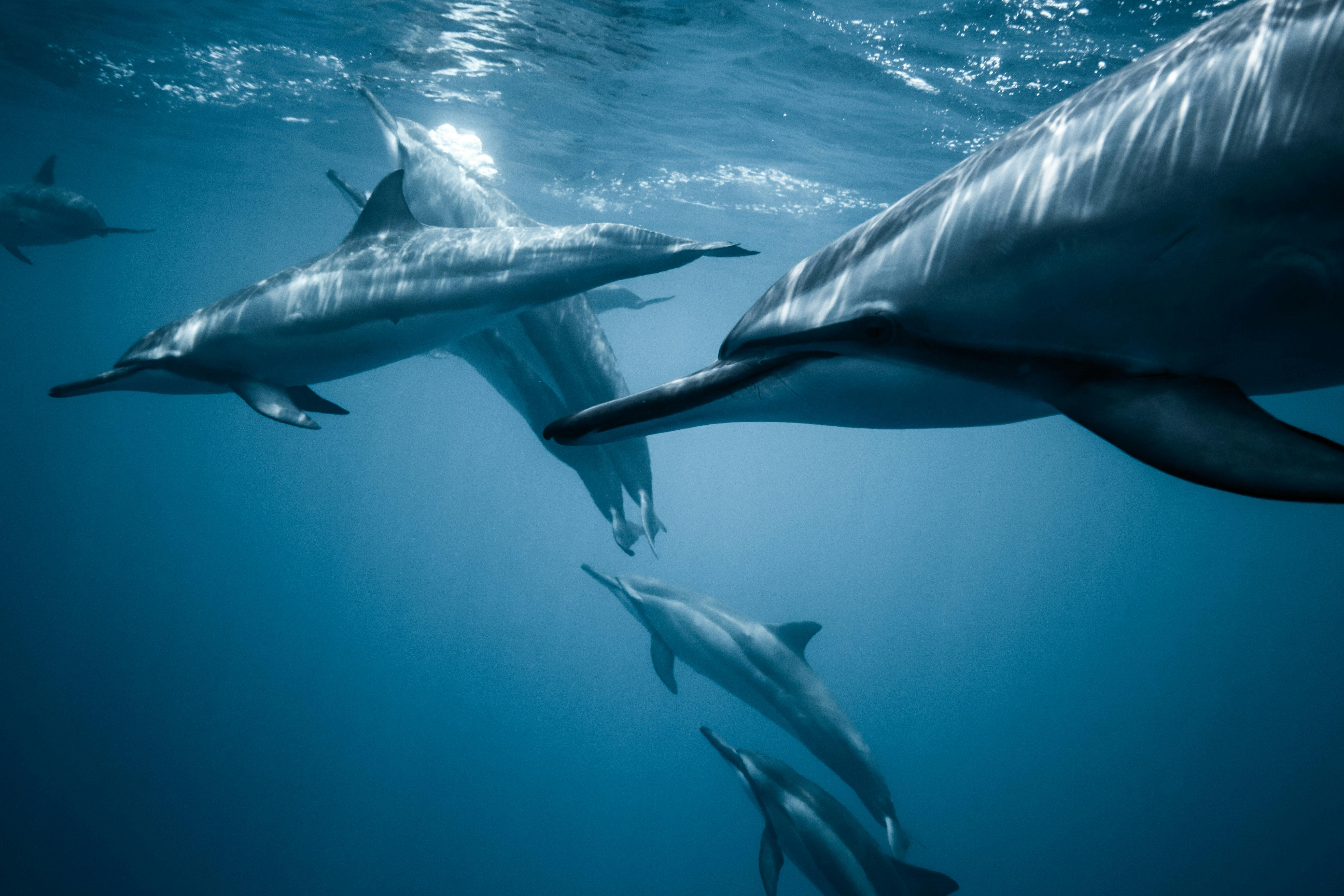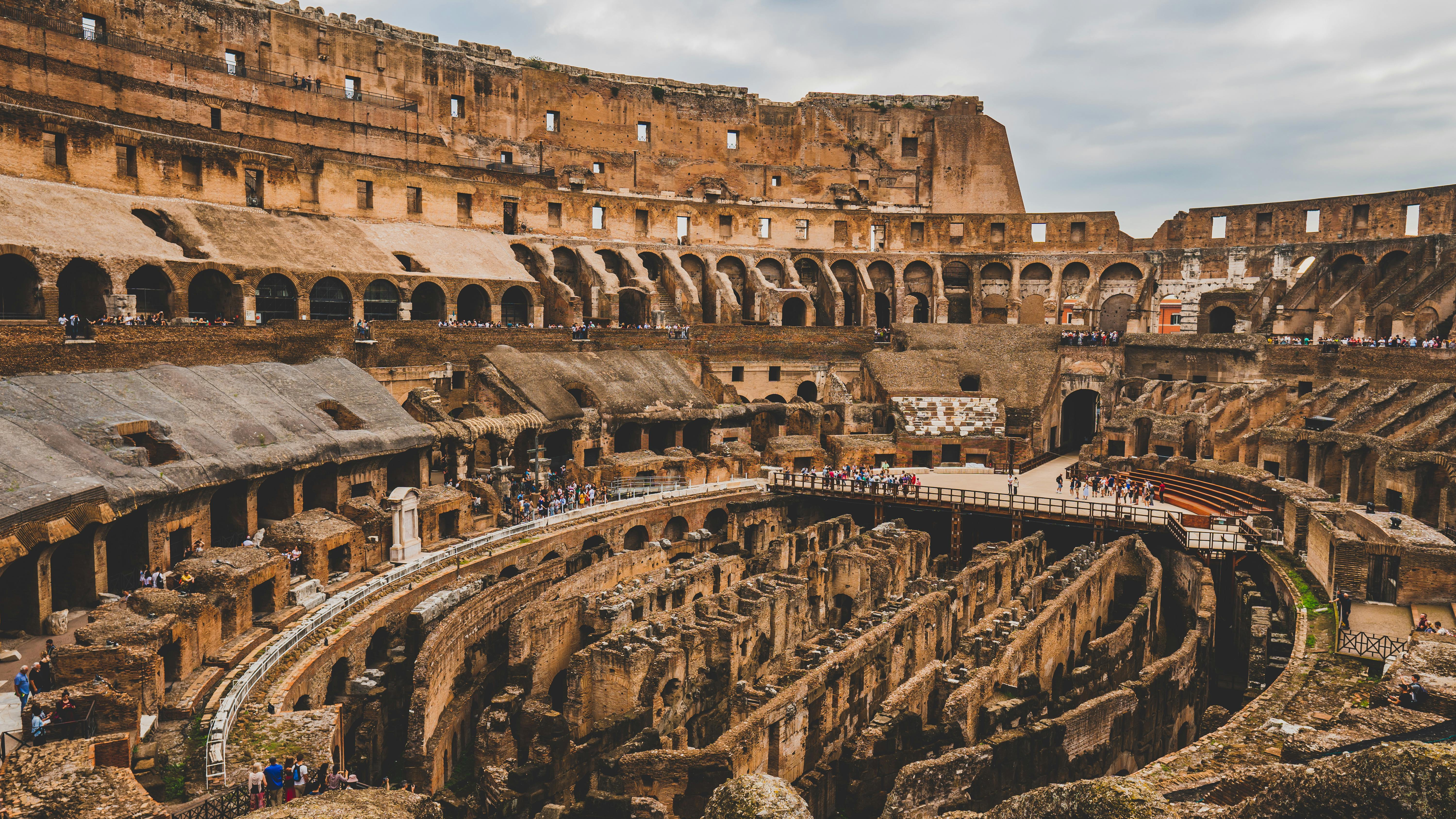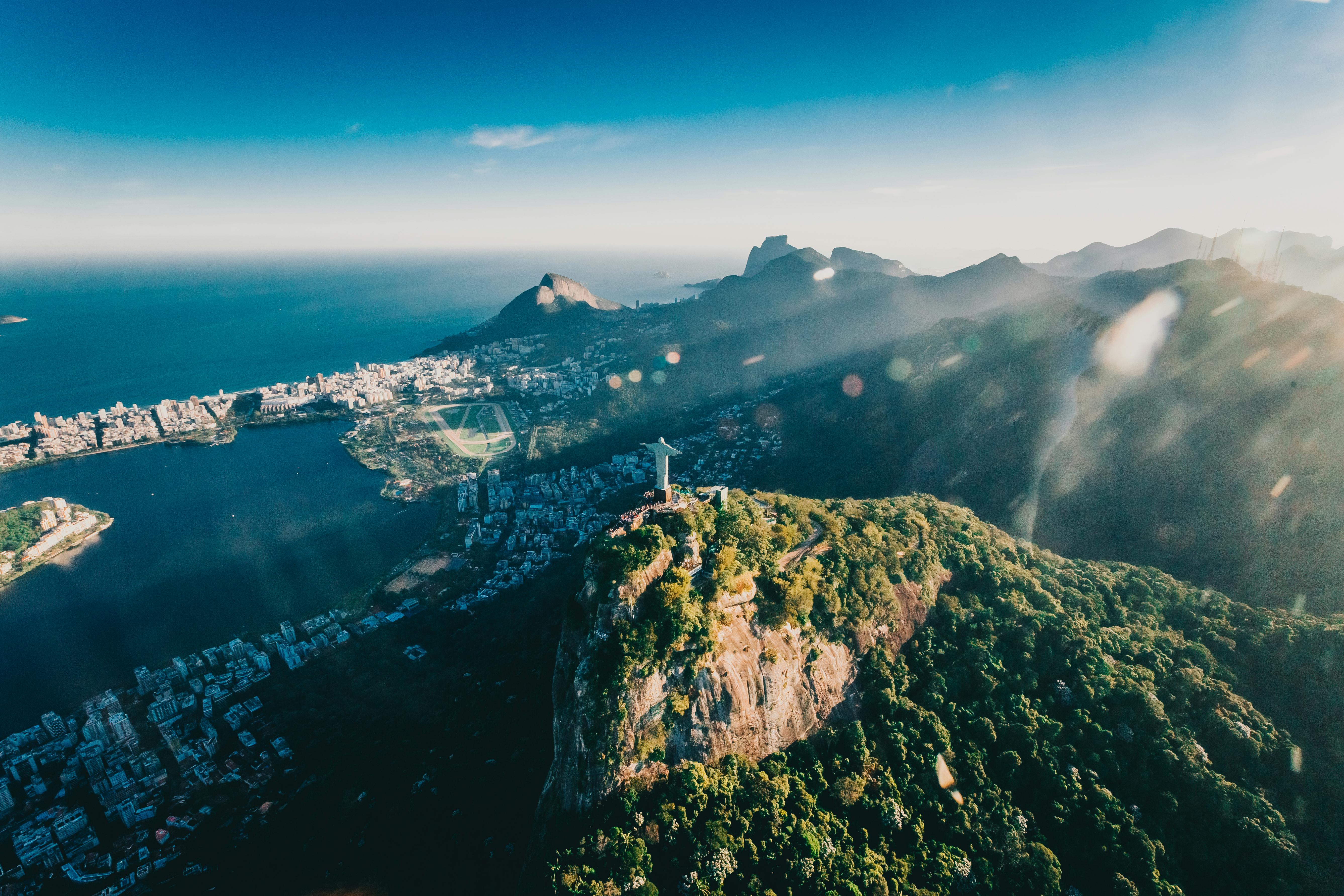The Amazon rainforest, often called "the lungs of the Earth," continues to face significant threats despite decades of conservation efforts. However, innovative approaches combining technology, indigenous knowledge, and international cooperation are showing promise in the battle to preserve this vital ecosystem. This article explores the current state of Amazon conservation and the path forward.
Current Challenges Facing the Amazon
Despite increased global attention, the Amazon rainforest continues to face unprecedented threats. According to recent data from Brazil's National Institute for Space Research (INPE), deforestation rates have fluctuated significantly in recent years, with some periods showing alarming increases.
The primary drivers of deforestation remain:
- Agricultural expansion, particularly for cattle ranching and soy production
- Illegal logging operations
- Mining activities, both legal and illegal
- Infrastructure development projects
- Climate change impacts, including increased drought frequency
These pressures have led to the loss of approximately 17% of the original forest cover, with scientists warning that reaching a 20-25% threshold could trigger a dangerous "tipping point" where the ecosystem could transition from rainforest to savanna in some regions.

Indigenous Communities: Frontline Defenders
Indigenous peoples have protected the Amazon for millennia, and research consistently shows that indigenous territories experience significantly lower deforestation rates than other areas. The recognition of indigenous land rights has proven to be one of the most effective conservation strategies.
"Our relationship with the forest is not about ownership but about responsibility. We are part of this ecosystem, and our traditions have always included protecting it for future generations."
— Paulo Karipuna, Indigenous Leader from Rondônia
Recent initiatives have strengthened the role of indigenous communities in conservation:
- Increased legal recognition of indigenous territories
- Technology transfer programs that provide communities with tools to monitor and report illegal activities
- Economic initiatives that support sustainable forest management practices
- Educational programs that combine traditional knowledge with scientific approaches
The Indigenous Environmental Network now connects hundreds of communities across the Amazon, creating a powerful coalition of forest protectors who combine traditional knowledge with modern monitoring technologies.
Technological Innovations in Conservation
Technology is revolutionizing Amazon conservation efforts, providing unprecedented capabilities for monitoring, enforcement, and sustainable development:
Satellite Monitoring Systems
Advanced satellite systems now provide near real-time monitoring of forest cover. Brazil's DETER system can detect deforestation events as small as one hectare within days of occurrence, allowing for rapid response. International partnerships have enhanced these capabilities, with the European Space Agency's Sentinel satellites providing complementary data.
Artificial Intelligence and Machine Learning
AI algorithms are being trained to detect early signs of deforestation from satellite imagery, predict high-risk areas, and even identify illegal logging sounds in acoustic monitoring systems. These technologies are increasing the efficiency and effectiveness of conservation efforts.
Blockchain for Supply Chain Transparency
Blockchain technology is being implemented to track products from the Amazon, ensuring they come from legal and sustainable sources. This transparency is crucial for eliminating deforestation from supply chains of major commodities like beef, soy, and timber.

International Cooperation and Financing
The recognition that the Amazon provides essential ecosystem services to the entire planet has led to increased international cooperation and innovative financing mechanisms:
The Amazon Fund
Established in 2008, the Amazon Fund has channeled billions of dollars in international donations to support conservation projects. After a period of uncertainty, the fund has been revitalized with new contributions from Norway, Germany, and other countries.
Carbon Markets and REDD+
Reducing Emissions from Deforestation and Forest Degradation (REDD+) programs have evolved to provide financial incentives for forest conservation. These mechanisms value the carbon stored in forests and compensate countries and communities for preserving these carbon stocks.
Green Bonds and Sustainable Finance
Innovative financial instruments like "forest bonds" are mobilizing private capital for conservation. These investments provide returns while supporting sustainable forest management, reforestation, and community development projects.
The Path Forward
The future of Amazon conservation will require a multi-faceted approach that addresses the complex socioeconomic factors driving deforestation while providing sustainable development opportunities for the region's inhabitants.
Key elements of successful conservation strategies include:
- Strengthening governance and law enforcement to combat illegal activities
- Supporting indigenous and traditional communities as forest guardians
- Developing economic alternatives that value standing forests
- Implementing sustainable agricultural practices that increase productivity on existing farmland
- Restoring degraded areas to rebuild ecosystem connectivity
- Addressing climate change impacts through adaptation strategies

Conclusion
The Amazon rainforest stands at a critical juncture. The decisions and actions taken in the coming years will determine whether this irreplaceable ecosystem continues to provide its vital services to humanity and the planet. While the challenges are immense, the combination of growing awareness, technological innovation, indigenous leadership, and international cooperation offers hope.
Conservation efforts are increasingly recognizing that protecting the Amazon is not just about preserving biodiversity or carbon stocks—it's about supporting the people who depend on the forest and creating economic systems that value its many contributions to global wellbeing.
The future of the Amazon will depend on our collective ability to transform our relationship with this vital ecosystem from one of exploitation to one of stewardship.




